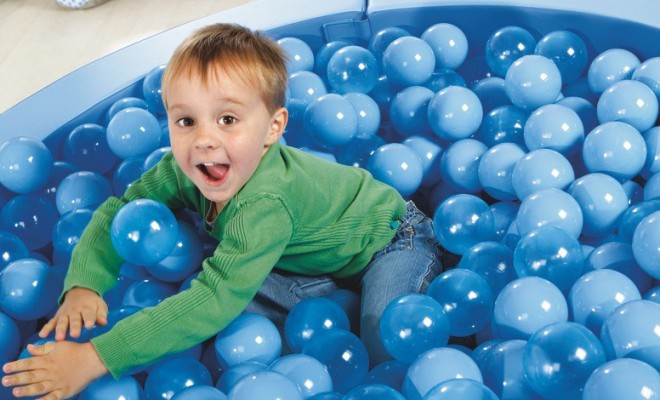
Childcare Environments
Why Do Well-Being and Relaxation Go Hand in Hand?
Many current teaching methods emphasise the importance of well-being and relaxation for the maturation of the brain, enabling children to develop, learn and memorise.
Stress, on the other hand can be both harmful and destructive. When children are happy and healthy, in an environment with adults who are empathic and affectionate, they make between 700 and 1000 neural connections every second. Well-being is also relevant to adults. If they practise well-being in their daily lives they will see an increase in the positive effect they have on the well-being of children in their care. Examples of exercises adults can practise to encourage well-being include back relaxation, ensuring their bodies receive sufficient rest, remaining calm at work and making sure they are well fed and hydrated.
In contrast to their love for fast food, since 1980 many schools in the United States have actually adopted an approach called slow learning*. Célestin Freinet quite rightly pointed out with regards to cuisine that pushing children to eat purely salad will not encourage growth.
*Slow learning is an approach in which while one acknowledges the ‘quality’ of time we have, one also respects the golden rule of Rudolf Waldorf that there is ‘time for everything’. The development of the child should dictate the pace of the day and not the other way around.
4 adaptable well-being and relaxation ideas that nurseries and schools should practice:
1 – Teach children to accept the passing of time, the seasons, celebration and other life events.
2- Give children the time and space they need to discover the world at their own pace.
3 – Let children take risks. They must sometimes fail in order to understand and learn.
4 – Allow children to have free time so that they can dream, think and imagine.
‘The Snoezelen teaching method leads to well-being. The aim is to create an atmosphere that resembles a journey through the senses, using different materials, textures, colours, scents, and sounds. Children should not be guided through the experience, but rather become awakened to the world surrounding them through their body and use of their five senses. However, they should be accompanied in their passage by a facilitator who judges their responses to the varying stimuli, changing the atmosphere if necessary. This exercise demonstrates above all a sensory based skill on the part of the person creating the atmosphere and stimulating the participant. The Snoezelen philosophy is basedof three distinct sections: discovery and relaxation, rest and sensory experiences, interactivity and the return to reality.’ – Nathalie Casso-Vicarini, Early Childhood Educator & Teacher at West Paris University
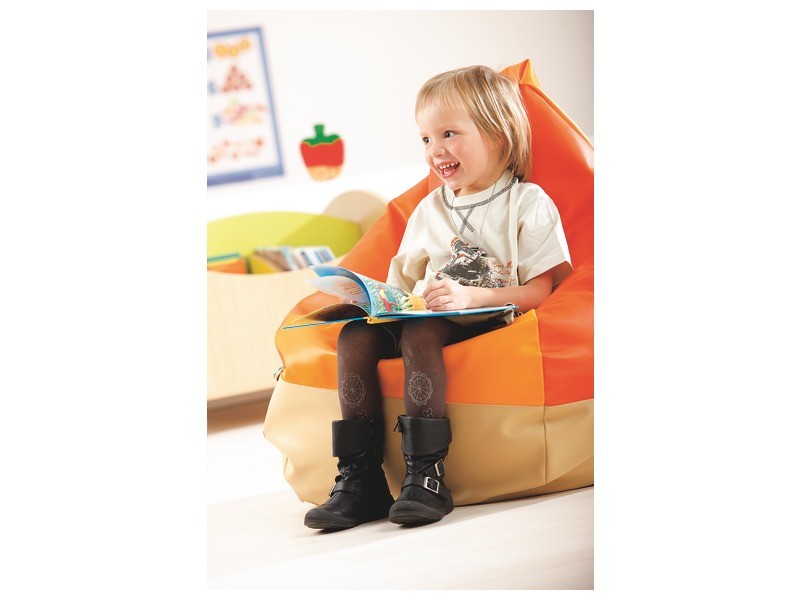
‘This pear shaped beanbag chair creates a shelter for children on the autistic spectrum or children with PDD. It is a comfortable, encircling and protective place for them to relax and unwind when needed. It works better when placed inside a sensory cabin. This product can be used at any age upwards from 6 months.’ – Lémi Cassagnettes, Special Assistance Teacher & Blogger
The Sense of Relaxation
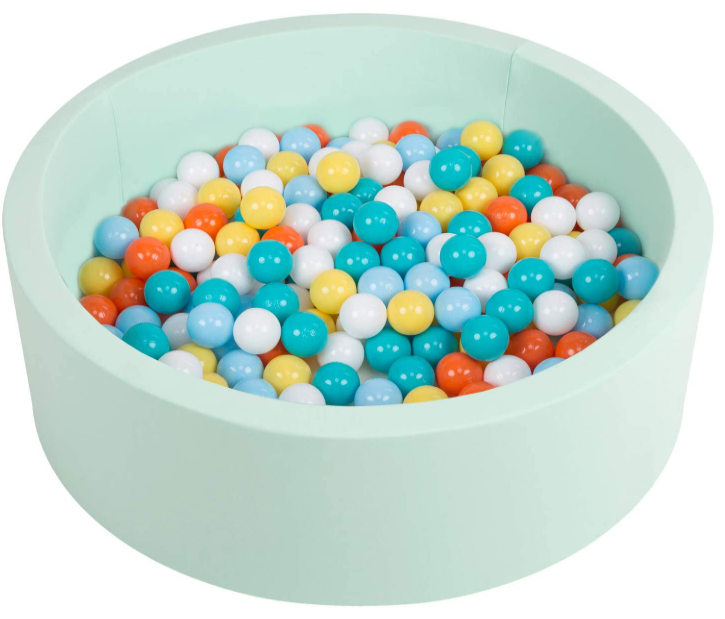
Ball pools are known to have therapeutic, relaxing and sensory effects on their users, regardless of age. These effects take place both through sight and touch. In addition, this product has a kinesthetic dimension as children become aware of the effects of their body position and movements on the surrounding balls. Ball pools allow kids to develop their skills and play in an environment that is both unstable yet completely safe.
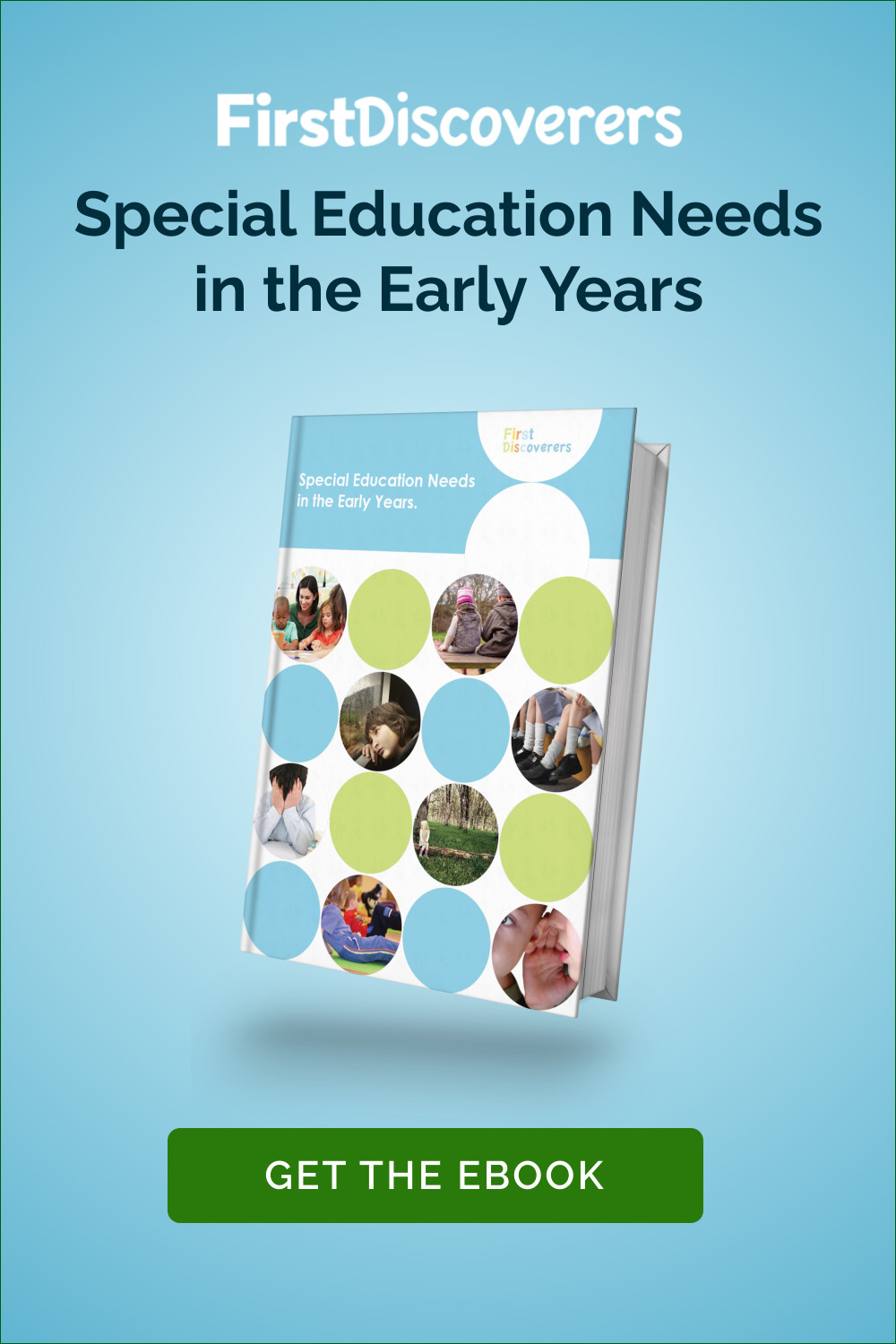




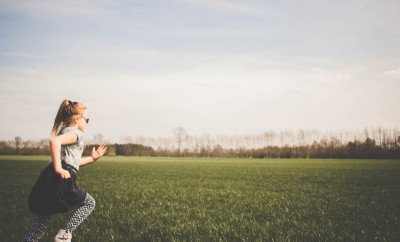
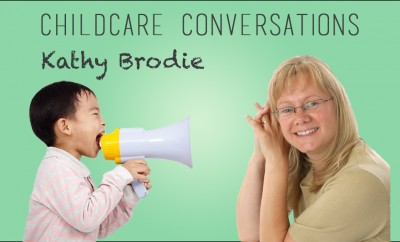
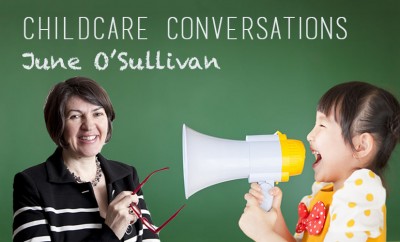

You must be logged in to post a comment Login